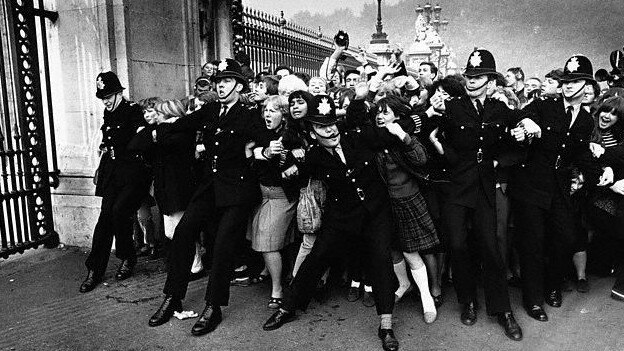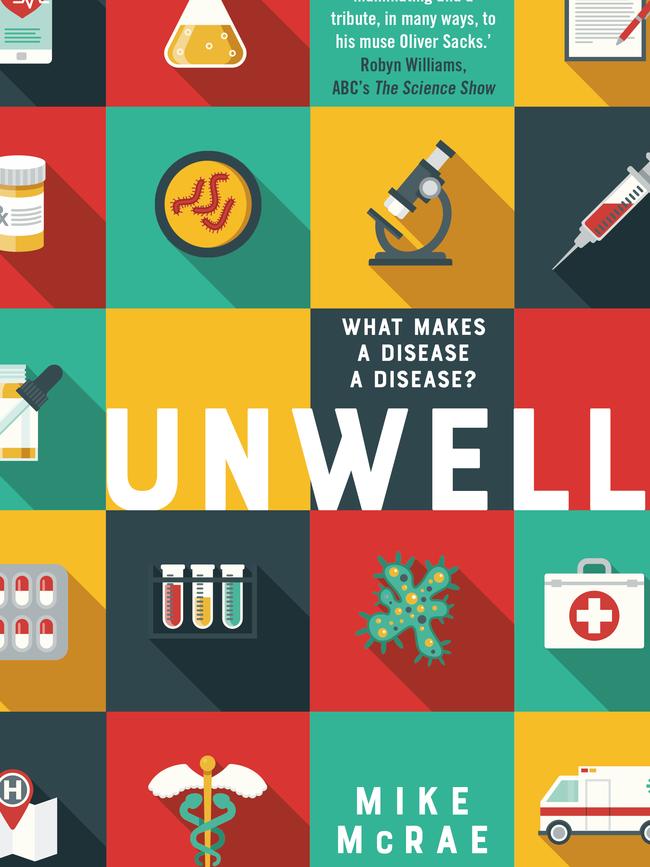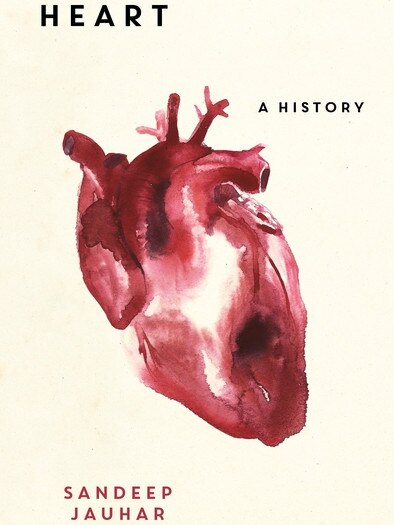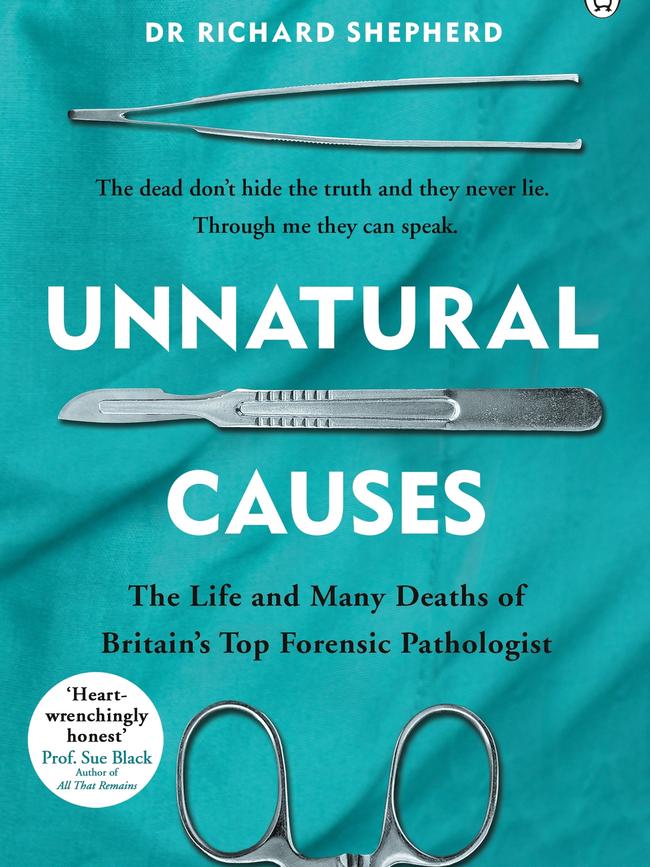Into the heart of the matter
Three books explore medicine from shifting classification and astounding innovation to its final application.

In the late 19th century, the US struggled under the burden of an appalling new disease. Symptoms included headaches, palpitations, high blood pressure, indigestion, neuralgia and depression.
Through the decades around the turn of the 20th century, neurasthenia — sometimes referred to as “Americanitis” — was one of the most common diagnoses given to patients. Its principle cause was considered to be the ever-accelerating pace of modern life. One neurologist described it as “a disorder of capitalist modernity”, while other observers blamed it on newfangled electric lighting.
Neurasthenia is not a term you’ll hear today, though it finally disappeared from clinical guidelines only in the 1980s. What happened? Did scientists find a miraculous cure for the debilitating condition or was it never a real disease in the first place?

This is one of the intriguing questions Australian science writer Mike McRae raises in Unwell: What Makes a Disease a Disease? Tracing shifting classifications of illness from classical times to the present, McRae demonstrates how socially conditioned the ideas of “unwell” or “abnormal” can be, and how subject to change.
“There are numerous sicknesses long abandoned like pathological ghost towns,” he writes, “leaving unanswered the question of whether they were illnesses that met a cure or medical mirages.”
Defining a particular kind of behaviour or identity as illness can be a means of exercising social control, as McRae makes clear. The catalogue of diseases once considered to require treatment includes left-handedness, nostalgia and homosexuality, officially classified as a mental illness until the 70s.
A century earlier than that, American physician Samuel Adolphus Cartwright, in Diseases and Peculiarities of the Negro Race, identified two new diseases: drapetomania, an illness causing slaves to seek freedom; and dysaesthesia aethiopica, an indolence in the said slaves claimed to be caused by insensitivity of the skin. Treatment for the latter involved vigorous washing, followed by slapping oil into the skin with a broad leather strap and putting “the patient to some kind of hard work in the sunshine”.
Then there’s hysteria, the condition allegedly caused by the uterus taking off from its appointed position to go for a wander around the body. The father of medicine, Hippocrates, believed an errant uterus could enter the chest cavity and suffocate its unfortunate owner. As late as the 19th century, medical men recommended various techniques to jolt the wandering organ back into place, including clinical stimulation of the genitals to induce “paroxysm”.
The symptoms of hysteria included unruly behaviour and overt sexuality, deemed abnormal qualities in anybody born with a uterus, as McRae makes clear:
Hysteria was a disease only when women did not act as society expected them to. Errant female behaviour became a condition, one that could be managed by medical authority, always male. And that authority’s ideas about what a woman’s body should do, not how it operated in reality, turned functions now considered quite normal into diseases.
The whole idea of disease makes sense only in opposition to a “premise of relative normality”, McRae explains in this intelligent, nuanced book. The decision about what should be considered normal or healthy in any given society determines “who is broken and who is a pariah, who is forgiven and who is damned, which conditions deserve to be studied and which aren’t worth our attention”.
Classifications of illness are not entirely subjective, of course. Our growing understanding of disease has been one of the foundations of improvements in health and lifespan, as McRae acknowledges:
The binary model we use to separate disease from good health has, for the most part, been incredibly useful for reducing suffering in the world. If we stand far enough back, it becomes obvious that biology plays a lead role in causing us pain and misery. By understanding the complex system of chemical gears and hormonal pulleys that make up the human body, we have a good shot at alleviating discomfort and improving wellbeing …

American cardiologist Sandeep Jauhar also takes a historical perspective to the topic of illness in his survey of the human heart and our often ill-fated attempts to treat it.
Heart: A History tells an engaging scientific and clinical story about the organ that was, until the early 20th century, largely beyond the reach of medicine. Surgeons had by then tackled all other major organs, including the brain, Jauhar writes, “but the heart stood apart, encased in historical and cultural prohibitions much thicker than its membranous pericardium”.
A supremely practical obstacle was that any attempt to cut into a living heart triggered massive, generally fatal, bleeding. The development of the heart-lung machine in the mid-20th century allowed blood to be temporarily diverted from the heart, clearing the way for surgical procedures that are now commonplace. Scientists and clinicians pioneering new cardiac treatments through the 20th century often took a gung-ho approach, as Jauhar details. The pioneer of cardiac catheterisation, Werner Forssmann, developed the procedure by practising on himself, pushing a tube all the way from an incision in his elbow crease up under his armpit and into the right atrium of his heart. The 26-year-old surgical intern was ridiculed as a quack and sacked from his position at a Berlin hospital for his pains.
English scientist George Mines paid an even greater price for elucidating the electrophysiology of the heart: he died after being found unconscious on the floor of his laboratory at age 28, apparently a victim of his own experiments.
The great age of cardiac innovation may have come to an end, Jauhar suggests. New surgical procedures and preventive health measures have led to a 60 per cent reduction in cardiac mortality during the past half century and that may be as good as it gets: “Cardiology in its current form might have reached the limit of what it can do to prolong life.”
If your disease is not one of those culturally created syndromes identified by McRae, or if the wonders of modern medicine described by Jauhar fail to save you, you may have the misfortune to encounter the third of these authors.
British forensic pathologist Richard Shepherd works with bodies that, whether through disease, misadventure or homicide, have ceased to function on a permanent basis. Across a 40-year career he has performed more than 20,000 autopsies but still remembers the first time he cut into a human body as a medical student:
What a remarkable mechanism the human seemed to me that day … I (experienced) that sense of wonder at the body: its intricate systems, its colours and, yes, its beauty. For blood is not just red — it is bright red. The gall bladder is not just green, it is the green of jungle foliage. The brain is white and grey — and that is not the grey of a November sky, it is the silver-grey of darting fish. The liver is not a dull school-uniform brown, it is the sharp red-brown of a freshly ploughed field.

There is much drama in Unnatural Causes, as the author travels to New York post-9/11 to help identify body parts or deals with major accidents and massacres at home in Britain. There is contemplation, too, as Shepherd casts his measured gaze on changing attitudes to infanticide or the confusion and controversy that have swirled around deaths from sudden infant death syndrome.
For all his investigative passion, the cumulative effect of a lifetime immersed in unexplained or violent deaths takes its toll on the pathologist. In the 1980s, when he began his career, “pathologists were expected to join senior police officers as hard-drinking, tough-talking, alpha males”, he writes. Shepherd has played the game, cultivating for many years a protective detachment from his work and those around him.
Eventually, though, he develops post-traumatic stress disorder caused by “a lifetime of bearing first-hand witness to violent, unexpected death’’. An abyss opens in front of him:
It was waiting for me. The bodies, piled high, the stench of decay and heat, young people who had been dancing when the bomb went off, when the boat went down, young people without hands, children exhumed in their coffins, babies’ tiny bodies bearing helpless testament to man’s inhumanity, charred bodies, drowned bodies, bodies severed on the railway track. A deep, deep pit of human suffering.
Jane McCredie writes about science and medicine.
Unwell: What Makes a Disease a Disease?
By Mike McRae
UQP, 336pp, $29.95
Heart: A History
By Sandeep Jauhar
Oneworld, 288pp, $29.99
Unnatural Causes: The Life and Many Deaths of Britain’s Top Forensic Pathologist
By Richard Shepherd
Michael Joseph, 400pp, $19.99



To join the conversation, please log in. Don't have an account? Register
Join the conversation, you are commenting as Logout